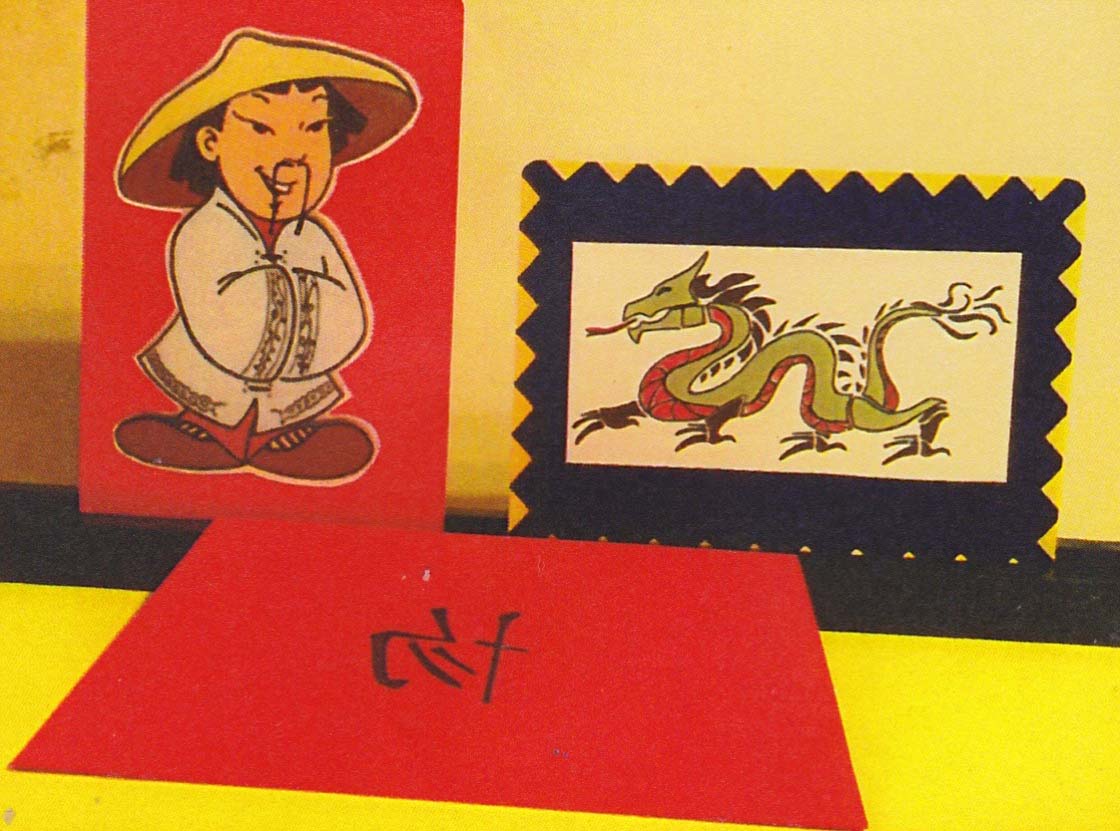About a month or so I picked up the book Own Your Magic A Magicians Guide to Protecting Your Intellectual Property by Sara Crasson. It was recommended by Christopher Weed, who is a super smart guy!
If you’ve read this blog, you’ll know that I’ve learned a lot about protecting the magic that I sell and that I’ve been very successful in keeping knock offs of my magic products off of sites like ebay and aliexpress.
I think this is something that all magicians should read, it not only covers the different types of intellectual property (IP), but how it applies specifically to magicians. Hopefully it will inform idiot magicians who don’t know about IP from commenting in social media groups with factually inaccurate information about IP.
My favorite is when a magician says a trick is protected as a “trade secret”. Sure it can be, but if I’m not a party to the trade secret agreement and can figure it out, I’m (legally) free to use it. Trade secrets only apply to those who have signed the agreement.
If you’re a creator, I hope if gives you a base for where to start to protect an idea for a trick and the different processes for doing it. For example, I personally don’t want to patent a trick due to time and expense. I choose to copyright the art and instructions. That allows me to remove knock offs from popular sites because they are using my text and art. Most of the people knocking off don’t want to spend the time it takes to write ad copy and create art, so it narrows down the amount of knock offs out there.
If someone uses my idea and creates their own art, text and ad copy they are legally free to do make my product. Sure, I’d rather they don’t, but I’ve accepted that’s how it is based on what I was willing to do to protect my products.
I’m always amazed at how many magicians have taken the basic step of registering the text and art of their instructions and ad copy. It’s less than $100 and easy to do online.
Get the book Own Your Magic A Magicians Guide to Protecting Your Intellectual Property, read it and at least be informed!
-Louie




